How to make Ke$ha-style pitch-warped vocals

Backing track
Step 1: Here we’re going to record a fun, playful-sounding track in the style of Ke$ha, complete with some of her pitch-warping tricks. We construct a backing track to which we add a half-sung, half-spoken phrase. The track features a doubled synth and bassline, plus some beats.
For more vocal processing and other tutorials, check out Computer Music Special 52 - the Singer-Songwriter Production Guide - which is on sale now.
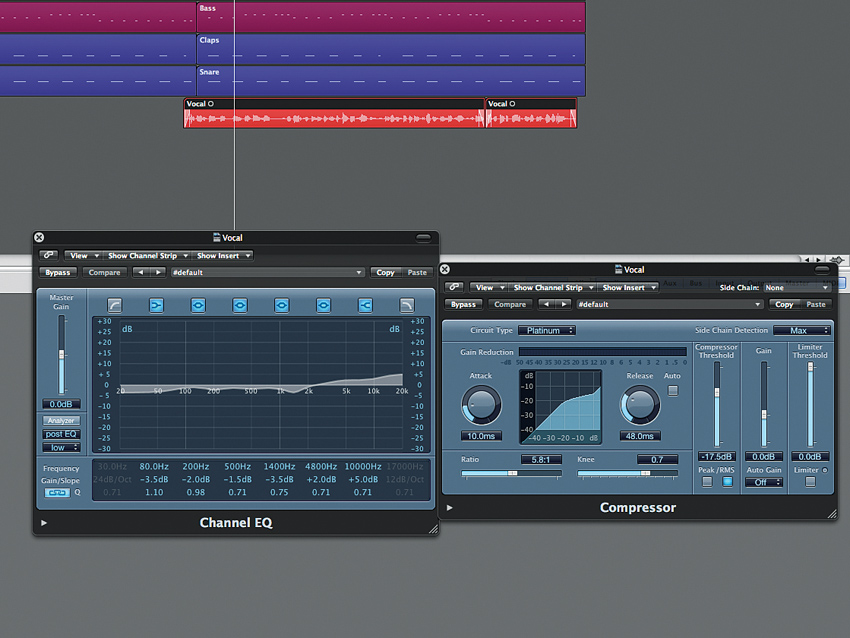
EQ and compression
Step 2: We apply a lighter tone to the vocal by EQing it, using boosts of 5dB at 10kHz and 2dB at 4.8kHz, and drops of -3.5, -2, -1.5 and -3.5dB at 80Hz, 200Hz, 500Hz and 1.4kHz respectively. Compression is then applied with a Ratio of 5.8:1 and quick Attack and Release times.
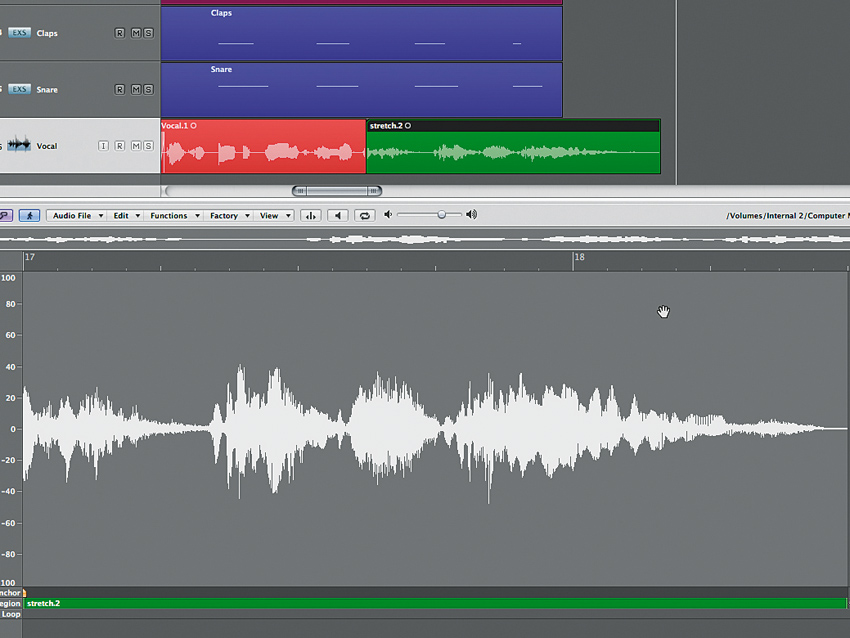
Audio chops
Step 3: We chop the final phrase and stretch the line for the “boyfriend” lyric so it becomes twice the length, thereby playing back at half speed. This involves saving this section as a new audio file to ensure we don’t damage the original performance and then applying timestretching of 200% length. The result sounds glitchy but in keeping with Ke$ha’s style.
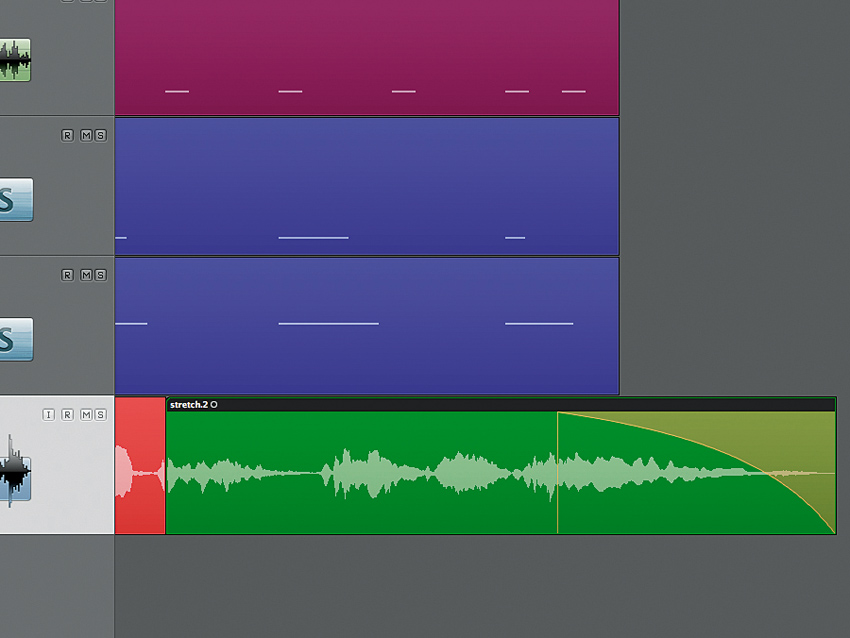
Slowdown
Step 4: We apply a real-time slow-down to this phrase which ramps down over 1.2 seconds. This gives the last word (“shows”) a chance to start before its pitch drops dramatically. Also, rather than applying a linear slow-down, we apply a ‘negative curve’ so the pitch holds for longer at the top before ramping away more dramatically towards the end.
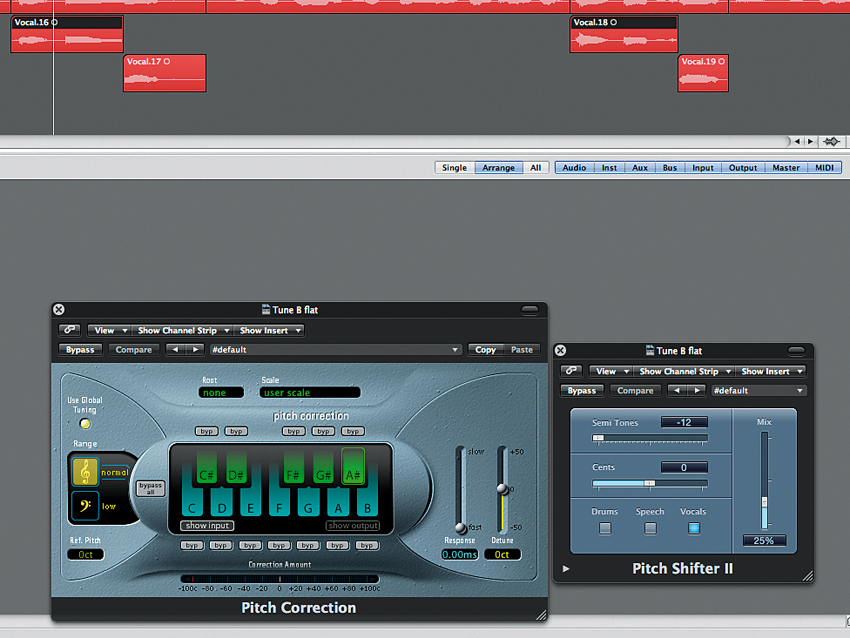
Tuning
Step 5: Next we copy the final words of the first two lyrical lines to a new audio track. We then apply some hard tuning, fixing the vocal to tune to one note. This doesn’t work, however, as the chord changes halfway through. We make a duplicate track and split each phrase, tuning notes on track 1 to Bb and notes on track 2 to B.
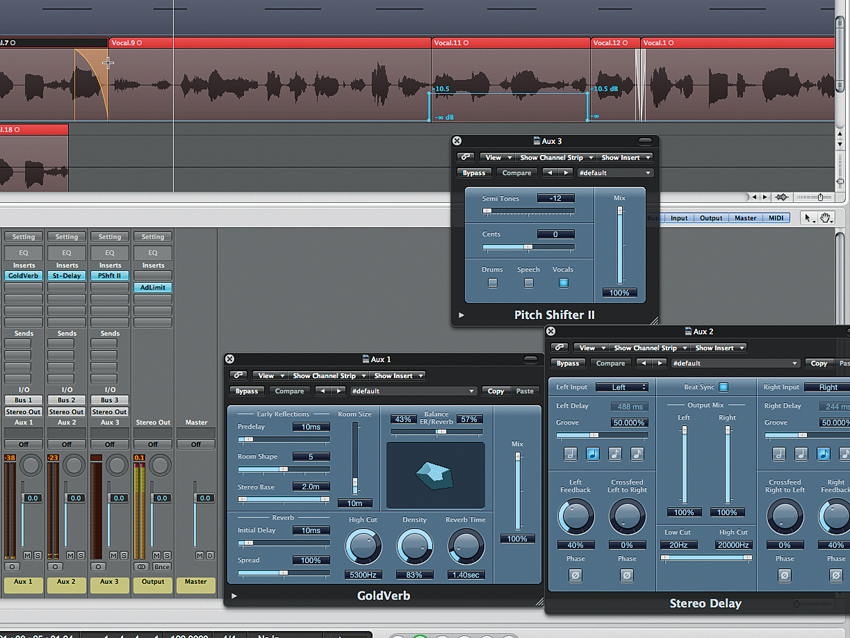
Finishing off
Step 6: We add reverb on Auxiliary 1 and delay on Auxiliary 2. We add these to all vocal channels before turning down the backing vocals by 3.5dB, and pan them mid-left and mid-right respectively. We slow down the word “sight” in the lead vocal. Finally, we set up a third auxiliary with pitchshifting of -1 octave. We send the phrase “feel my toes” here, via automation.
“I actually specifically remember making a deal with myself": Billie Eilish reveals what she had to do in order to become “looser and jazzier” with her vocal delivery
Softube’s latest plugins are a pair of must-have vocal effects – and right now you can grab them as a bargain introductory bundle
“I actually specifically remember making a deal with myself": Billie Eilish reveals what she had to do in order to become “looser and jazzier” with her vocal delivery
Softube’s latest plugins are a pair of must-have vocal effects – and right now you can grab them as a bargain introductory bundle









